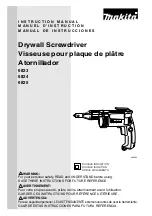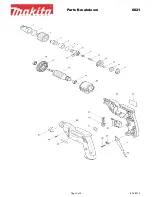
Document: MAN00238A
Page 25 of 28
R:\Documents\MAN Manuals\MAN00238A BRC-15-1111R-STD-J37.doc
Rollbacks and the One-Shot Timer
As discussed previously, a rollback is distinct from a latched fault in that it does not shut high
voltage off permanently. A latched fault requires that an HV ON command be given again before
HV can be reactivated.
The non-latched circuits cause a brief rollback (or limiting action). This is the case for the fast
overload, dV/dt, peak primary current overload, and the average primary current overload circuits.
These circuits feed an additional circuit which controls the duration of time that the shutdown
condition is permitted to be present. This circuit is called the rollback timer and its duration (called
the rollback period) is adjustable via R9 on the front panel PCB. The rollback timer setting is one of
the key ingredients to arc recovery performance and is critical in many applications.
The one-shot period must be long enough to allow an output arc to extinguish before the power
supply begins to make output again. It should also allow sufficient time for the related electronics to
be "reset" or return to their nominal state. On the other hand, it must not be too long as to cause
operational difficulties.
Therefore, if problems are encountered which appear to be related to arc recovery, this potentiometer
behind the front panel may be adjusted until the desired performance is achieved. To see the effect
of this adjustment directly, it is helpful to use a storage oscilloscope to view the voltage monitor
output on the rear panel (J4, pin 4) while rollbacks are occurring. You can induce a rollback by
striking the output with a ground stick. As the rollback period is adjusted, you will see the off time
of the power supply vary. The off time begins the instant a rollback event occurs and ends at the
instant the output starts to rise again.




































